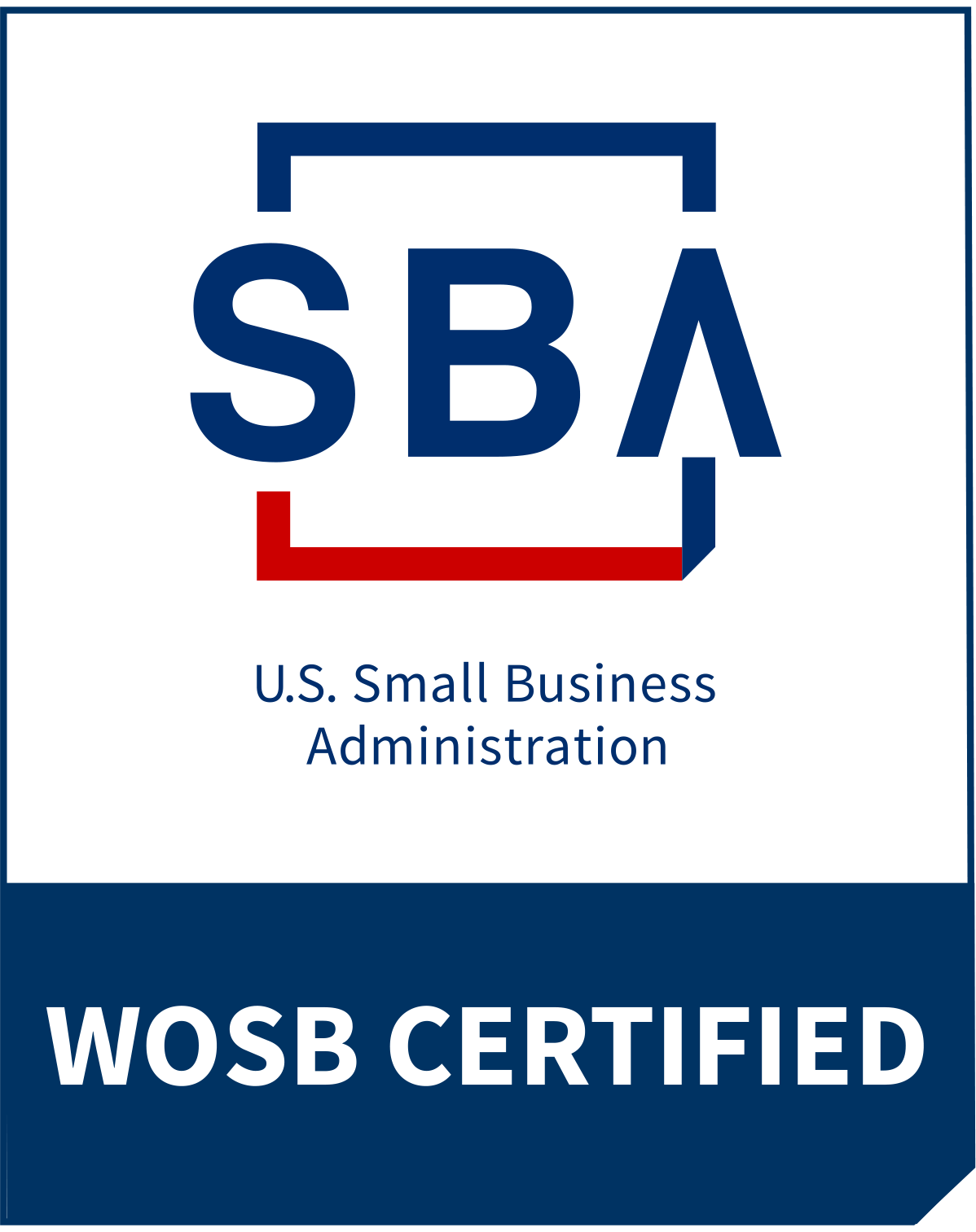Enabling Positive Change Through Choice Architecture
Key Ideas and Reflections from Nudge:
Improving Decisions About Health, Wealth, and Happiness
by Richard H. Thaler and Cass R. Sunstein, Penguin Books (2008).
Reviewed by Kara Argus
Overview
After reading the book Nudge: Improving Decisions About Health, Wealth, and Happiness, we saw value in summarizing the book’s tenets for our clients, partners, and friends. The main premise, choice architecture, employs tactics to guide behavior to predictable outcomes. Choice architecture is a framework that does not seek to block off or force choices, but rather to influence them, or “nudge” people in particular directions.
The authors write that choice architecture does not forbid options, but it provides an intervention that will alter people’s behavior in a predictable way, or a nudge. A nudge is any factor that significantly alters people’s behavior, even though it might be perceived as subtle or even irrelevant.
When left to their own devices, humans stick to their defaults. By properly deploying nudges and framing choices, we can improve our ability to influence others.
Application
In school cafeterias there are a number of potential ways to arrange the food, but which one will influence students to pick the healthiest options? Placing the food at random? Banning junk food entirely? Or perhaps placing the fruit and salad before the desserts? This subtle nudge still provides students with a choice, but might result in them eating more apples and fewer cupcakes.
Thaler and Sunstein write that choice architecture is most needed when decisions have delayed effects, are difficult, are infrequent, offer poor feedback, or present an opportunity for us to change perception, opinion, or approach. When choice is complicated, people are most likely to rely on their defaults, making choice architecture all the more valuable.
Positive Change Enablers
We can apply choice architecture principles to our work when helping people make decisions, and also by facilitating changes in their approach, strategy, perception, or opinion.
By applying the following six principles, we can determine change enablers and best structure choices:
1. Know defaults – Understand inevitable choices of our audience and whether they are decisions that they are required to make.
2. Expect error – Humans make mistakes, particularly when they don’t have ample information. Well-designed choice systems expect this and are forgiving.
3. Give feedback – Improve people’s decisions by reinforcing them when they are doing things well and informing them when they make mistakes.
4. Understand mappings – People do not always understand the connection between their choices and their ultimate experiences. Keep this in mind when delayed effects are likely.
5. Structure complex choices – As dimensions involved in decisions become more numerous, provide your audience with more structure.
6. Evaluate incentives – Know who will use them, who will choose them, who will profit from them, and how apparent and tangible they are.
Small interventions can produce large, lasting impacts.
Choice Architects have the responsibility for setting the context in which people make decisions. They know that seemingly insignificant decisions can have major impacts on people’s behavior. The power of these small details comes from focusing others’ attention in a particular direction. Choice architects realize that “everything matters,” and that although they cannot create perfect scenarios, they can make design choices that have beneficial effects and influences on others.




